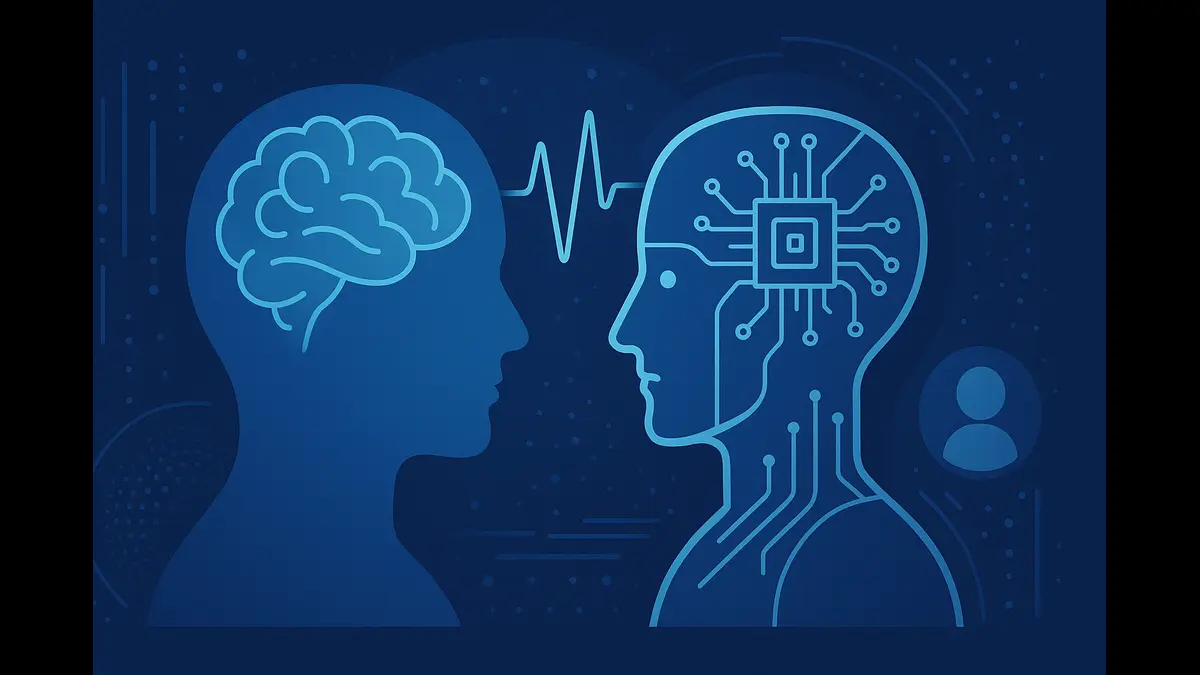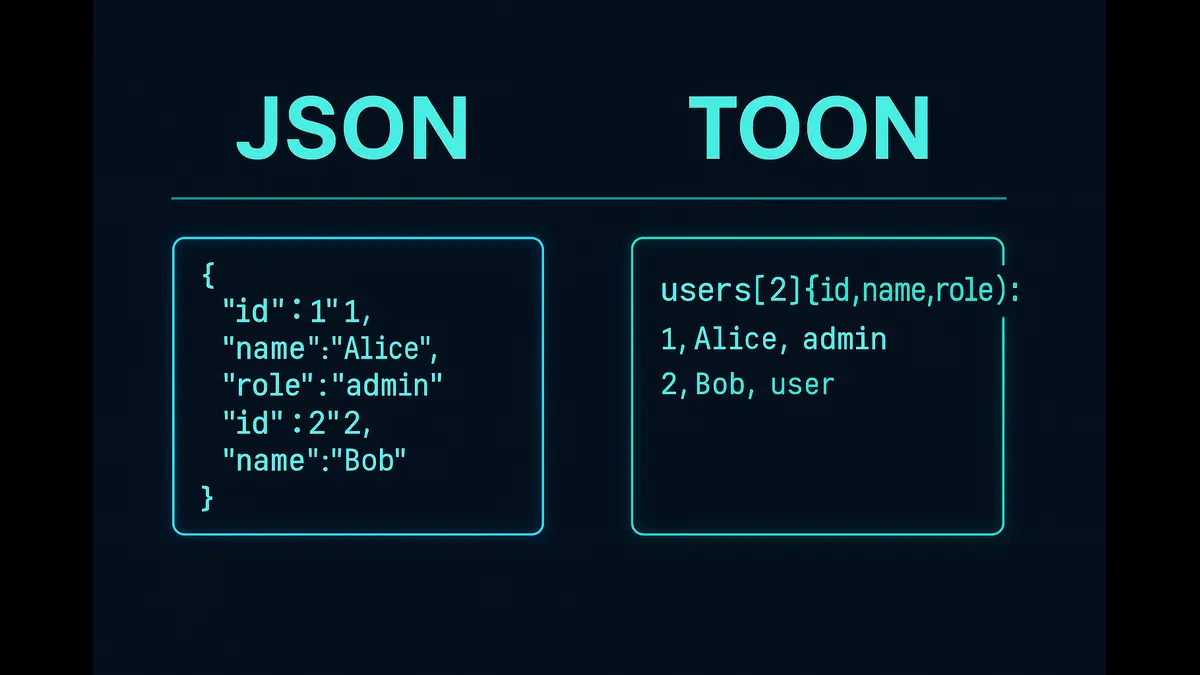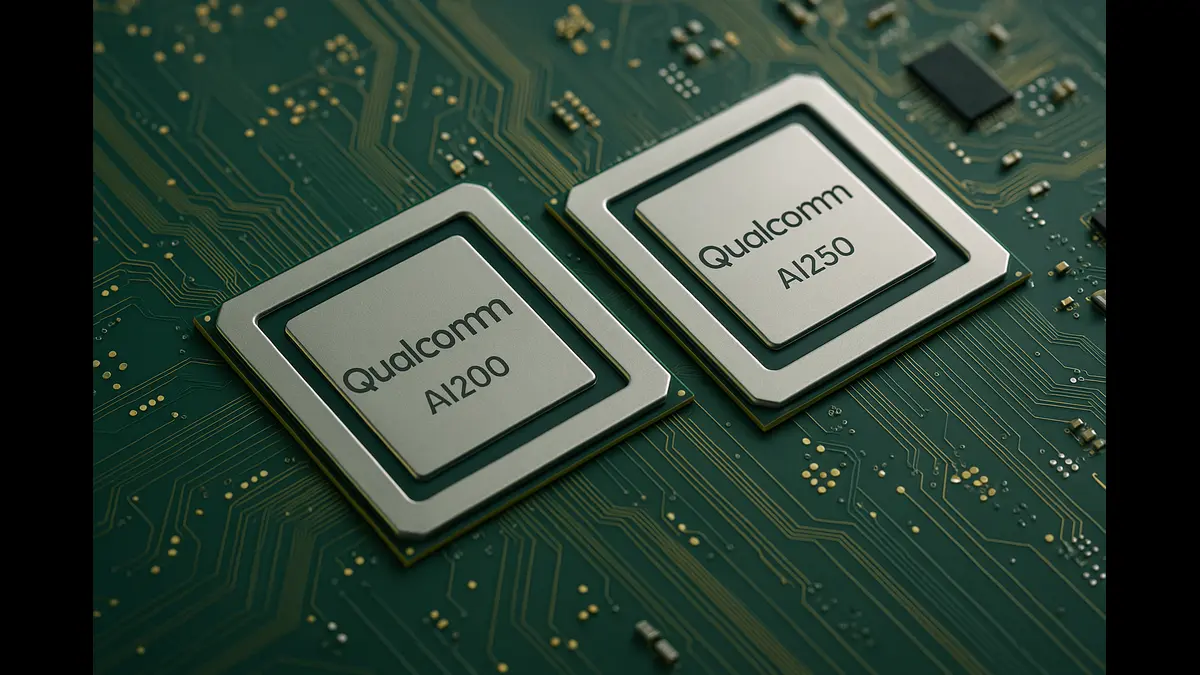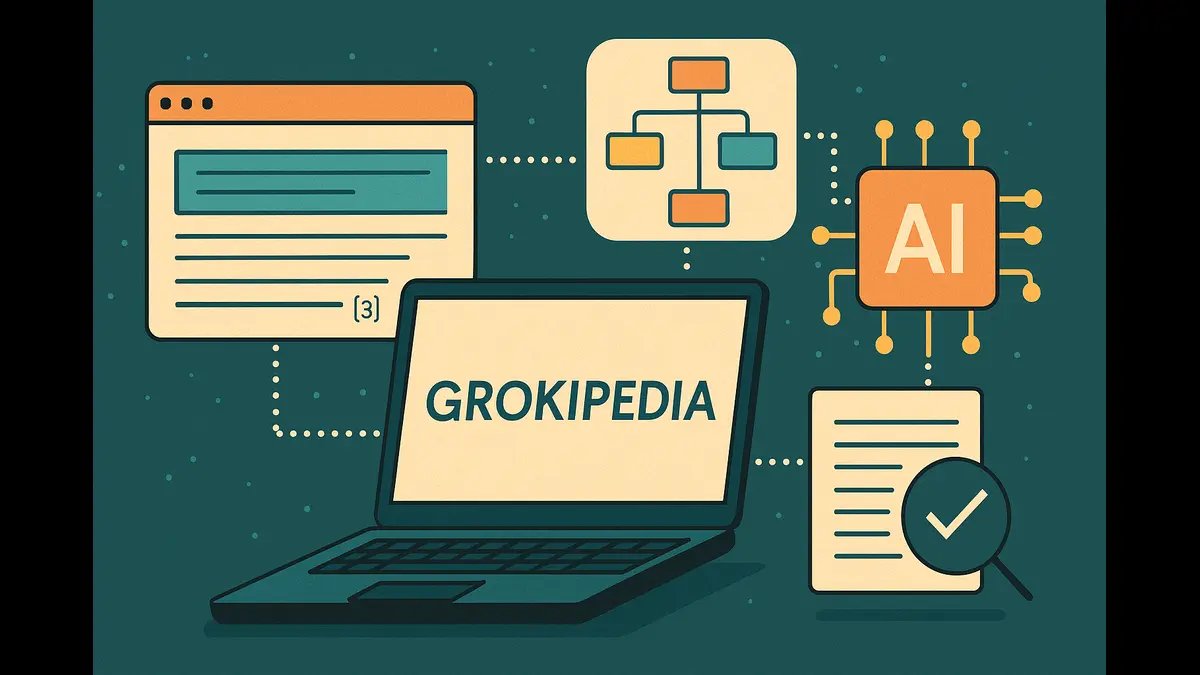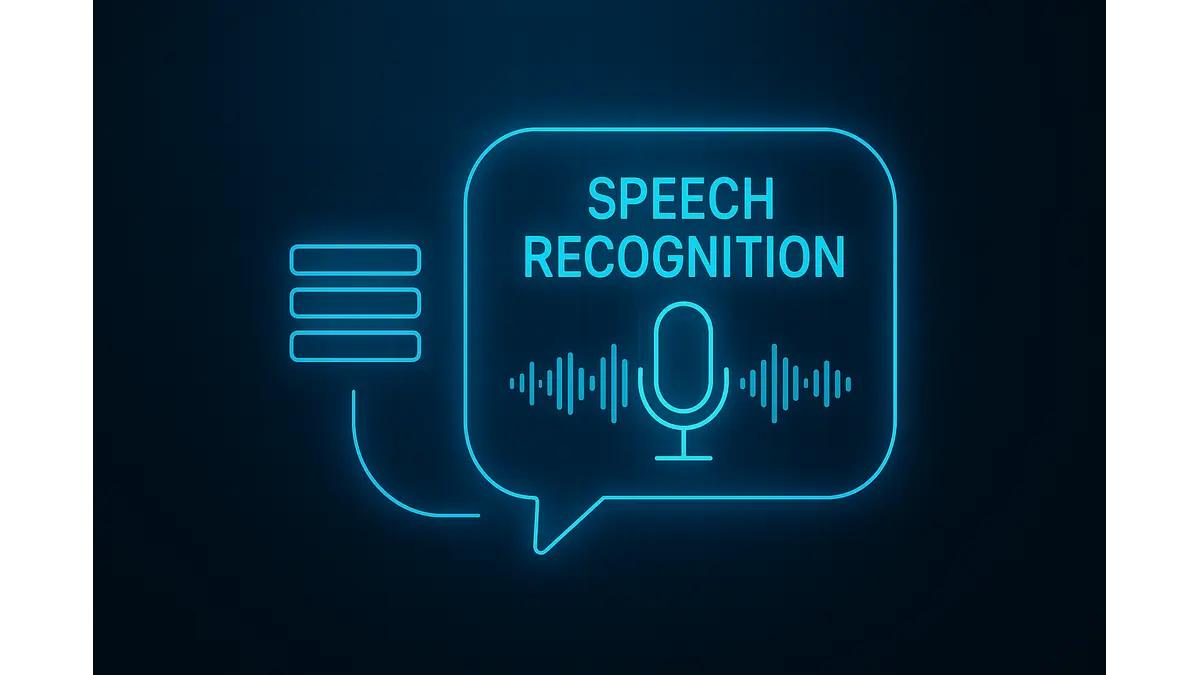
Artificial intelligence has become a cornerstone of modern life, powering everything from virtual assistants to automated customer service. Yet, a critical limitation persists: AI systems primarily operate in a small fraction of the world’s estimated 7,000 languages. This leaves billions of people, particularly those speaking less common tongues, unable to fully engage with these technologies. In Europe, where linguistic diversity is a hallmark, this gap is particularly stark. NVIDIA is addressing this challenge with a groundbreaking initiative to develop speech AI for 25 European languages, fostering inclusivity and enabling communities to leverage AI in their native tongues.
NVIDIA’s Vision for Inclusive AI
NVIDIA’s latest release is a suite of open-source tools designed to empower developers to create high-quality speech AI across a diverse range of European languages. While major languages like German and French are included, the initiative shines in its support for underrepresented ones such as Croatian, Estonian, and Maltese. These languages, often overlooked by major tech firms, are now poised to gain sophisticated voice-powered applications, from chatbots to real-time translation services. This effort aligns with a broader industry movement to democratize AI, ensuring technology serves diverse populations rather than reinforcing existing disparities.
Granary: A Monumental Speech Dataset
At the core of this initiative lies Granary, a massive library containing approximately one million hours of curated human speech audio. This dataset is engineered to train AI models in the nuances of speech recognition and translation, capturing the subtleties of tone, accent, and context across multiple languages. Unlike traditional datasets that rely on labor-intensive manual annotation, Granary was developed using an innovative automated pipeline. Collaborating with researchers from Carnegie Mellon University and Fondazione Bruno Kessler, NVIDIA employed its NeMo toolkit to transform raw, unlabeled audio into structured, high-quality data suitable for machine learning.
The efficiency of Granary is a standout feature. Research indicates it achieves target accuracy levels with roughly half the data required by other popular datasets. This efficiency lowers barriers for developers, particularly those in smaller markets or with limited resources. For example, a developer in Tallinn or Valletta can now access a robust dataset to build localized AI applications without the prohibitive costs of data collection. Granary is freely available on Hugging Face, a leading platform for AI resources, enabling global developers to tap into its potential and drive innovation.
Introducing Canary and Parakeet: Tailored AI Models
To harness Granary’s capabilities, NVIDIA has introduced two specialized AI models: Canary-1b-v2 and Parakeet-tdt-0.6b-v3. Each is designed for specific use cases, balancing accuracy, speed, and functionality to meet professional standards.
Canary-1b-v2: Precision for Complex Tasks
Canary-1b-v2 is a powerhouse for transcription and translation, delivering accuracy that rivals models three times its size while operating up to ten times faster. This efficiency makes it ideal for applications requiring high precision, such as legal documentation, academic research, or multilingual content creation. Its ability to handle complex linguistic tasks ensures that businesses and developers can rely on it for mission-critical operations.
Parakeet-tdt-0.6b-v3: Speed for Real-Time Applications
Parakeet-tdt-0.6b-v3 is optimized for speed, designed for real-time scenarios like live customer support or virtual meetings. It can process a 24-minute audio recording in a single pass, automatically identifying the spoken language and generating outputs with punctuation, capitalization, and word-level timestamps. These features are essential for building enterprise-grade applications, such as responsive chatbots or transcription services that streamline workflows in fast-paced environments.
Both models are equipped to handle professional requirements, offering features like automated punctuation and timestamping that enhance usability. They are also available on Hugging Face, accompanied by documentation to support seamless integration into development pipelines.
The Science Behind the Innovation
The creation of Granary and its accompanying models represents a significant technical achievement. Traditionally, preparing speech data for AI training involves tedious human annotation, which is both costly and prone to inconsistencies. NVIDIA’s automated pipeline, built with the NeMo toolkit, streamlines this process by converting raw audio into usable data with minimal human intervention. This approach not only accelerates development but also reduces the risk of biases that can arise during manual labeling.
The methodology behind Granary will be detailed in a forthcoming paper at the Interspeech conference in the Netherlands. This presentation will offer the academic and developer communities deeper insights into the pipeline’s architecture and its implications for speech AI. By sharing this knowledge openly, NVIDIA fosters a collaborative environment where researchers and practitioners can build upon its work.
Driving Digital Inclusivity
Beyond technical prowess, NVIDIA’s initiative is a milestone for digital inclusivity. In regions like Croatia or Malta, where local languages have historically been underserved by technology, developers can now create tools that resonate with their communities. For instance, a healthcare provider in Riga could deploy a voice-activated system to assist patients in Latvian, improving access to medical services. Similarly, educational platforms in lesser-spoken languages could enhance learning outcomes by delivering content in native dialects.
This focus on inclusivity extends to economic benefits. Businesses in multilingual markets, such as those in the European Union, can leverage these tools to enhance customer experiences and operational efficiency. A retailer in Slovenia, for example, could implement voice-enabled customer service bots that understand Slovene, strengthening brand loyalty and engagement. In sectors like finance or telecommunications, real-time translation powered by Canary or Parakeet could facilitate cross-border transactions, reducing friction in international operations.
A Catalyst for Global Innovation
By releasing Granary and its models under open-source licenses, NVIDIA is not merely launching a product but igniting a global wave of innovation. The open availability of these resources invites contributions from startups, academic researchers, and enterprises, fostering a vibrant ecosystem. This contrasts with proprietary approaches that restrict access, instead promoting rapid advancements through collective effort. Developers worldwide can adapt these tools to their local contexts, potentially inspiring similar initiatives for non-European languages in regions like Africa or South Asia.
Practical Considerations for Adoption
For businesses and developers looking to adopt these tools, strategic planning is key. Teams should assess their needs—whether prioritizing accuracy for analytical tasks or speed for user-facing applications—and select the appropriate model. Hugging Face offers extensive resources, including community forums and documentation, to support integration. Enterprises can expect tangible returns, such as improved customer satisfaction and streamlined operations, particularly in industries requiring multilingual capabilities.
The success of NVIDIA’s initiative will depend on community engagement and iterative refinements. Early adopters can contribute by providing feedback from real-world deployments, enhancing the models’ robustness. For businesses, this represents an opportunity to invest in technologies that align with the demands of a globalized economy.
NVIDIA’s efforts mark a pivotal step toward a more inclusive digital landscape. By equipping developers with tools to build speech AI in diverse languages, the company is not only advancing technology but also championing linguistic diversity. This initiative paves the way for a future where AI transcends barriers, connecting people through the universal language of voice, regardless of where they call home.
Discover more from Poniak Times
Subscribe to get the latest posts sent to your email.



